When it comes to watches, one of the most important parts is the watch crystal. Also known as watch glass, this component is responsible for protecting the dial and hands from scratches and other damage.
The watch glass protects the watch’s movement, or the inner workings, from dirt and dust that can interfere with the watch’s accuracy.
In addition, the watch crystal also affects how a timepiece looks and performs.
Here’s everything you need to know about watch crystals:
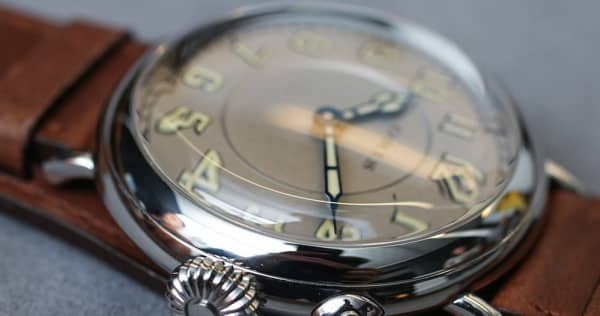
Watch crystals are made of acrylic, plastic, or glass, and provide a protective cover for the watch face.
While watch crystals come in different shapes and sizes, they all serve the same purpose: to keep the watch face safe and Easier to see the time and date clearly.
Watch crystals come in two main types: flat and domed.
Flat watch crystals are the most common type and have no curvature to them. Also, they are less expensive than domed watch crystals.
Domed watch crystals have an outward curve that provides a higher level of protection from dirt and dust.
Plus, they make the watch look sleek and sophisticated.
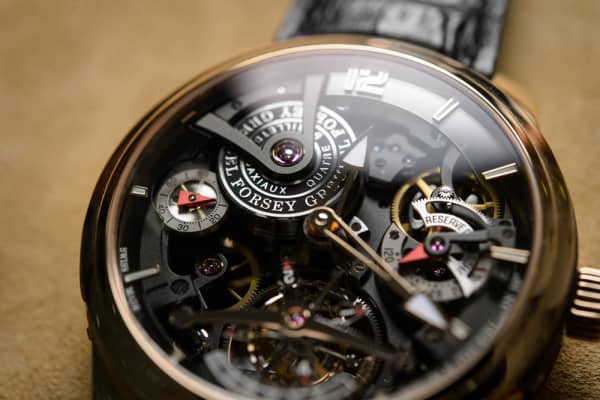
Now that we have laid out the definition and purpose of the watch crystals, here are some of the advantages of watch crystals:
Watch glass provides an extra layer of protection to the watch’s movement and dial from any dirt, dust, and moisture.
The dial and movement are more likely to be in good condition when they are protected by watch glass.
Watch crystals are usually made of scratch-resistant material, making them more durable than other watch components such as the case or strap.
The material used for the watch glass or crystals will be discussed further below.
Watch Crystals come in a variety of styles, from flat to domed and even colored.
This means that you can select a watch crystal that not only keeps your watch in good condition but also adds an aesthetic appeal.
Despite the advantages of watch crystals, they do have some drawbacks. Here are the disadvantages of watch glass:
Though watch crystals are usually scratch-resistant, they can still be susceptible to cracking or breaking if not handled with care.
This is especially true for thin watch crystals that have been used in some vintage watches.
Watch crystals may need to be replaced more often than other parts of a watch due to wear and tear.
Therefore, it is important to inspect watch crystals regularly and replace them when necessary.
Acrylic crystal is simply a specialized kind of plastic (polymethyl methacrylate) that is molded to fit over a watch dial. It is often known by the pseudonyms “Hesalite,” “Perspex,” or “Plexiglass.”
This type of watch crystal is one of the most popular due to its relatively cheap cost and scratch-resistant properties.
It has a clarity that is slightly lower than mineral or sapphire crystals, but this does not affect the overall look of the watch.
The least expensive of the three forms of glass, acrylic glass saw widespread usage until the 1980s.
This translucent and lightweight glass is made from plastic, making it both flexible and light. Though difficult to crack, it’s readily scratched. A quick buff will take care of any scratches.
Because of its cheap wholesale price, acrylic crystal is often used in the construction of inexpensive timepieces.
This glass is easily shaped, so watchmakers can quickly make domed glass. This curved look is attractive when the watch is seen from an angle. Another use for this type of glass is on watches that have a vintage design.
In general, there are many who enjoy the appearance of acrylic, while others believe that it gives off an impression of being cheap.
Acrylic glass is often used by watchmakers to create inexpensive timepieces that are ideal for youngsters.
Due to acrylic glass’s drawbacks, several companies have switched to using Mineral Glass instead.
Mineral crystal, which is sometimes sold under the alias “Hardlex,” is a common material for budget watch companies.
Mineral glass, which is made from silica, is more scratch-resistant than acrylic crystal, but it is still not very reliable in my experience. That’s because it has almost the same qualities as the “glass” you’ll find in your windows.
In order to keep costs down while yet providing some protection from scratches, several ‘fashion watch’ makers use mineral crystal for their displays.
Mineral glass is the predominant kind of glass used in watchmaking today, outnumbering all other types.
It receives a score of 5 on the Mohs scale, which measures the abrasiveness of materials. It is often used in the production of glass windows.
It goes through a procedure that makes it more resistant to wear and tear, which involves heating it and covering it with a material that hardens it.
Mineral glass is more resistant to damage caused by impacts and scratches than acrylic is because of the manufacturing process that goes into making mineral glass.
Mineral glass, on the other hand, is susceptible to shattering or cracking when subjected to conditions of extreme heat or cold.
Many people consider Sapphire to be the best material for watch glass since it is the toughest crystal available and hence the default option for high-end watches.
Because of its exceptional durability and clarity, it is often used in high-end timepieces.
On the Mohs scale, sapphire receives a 9, making it the second hardest natural material after diamond.
It is often believed that a sapphire can only be scratched by a diamond or another sapphire.
Synthetic sapphire, made of crystalline aluminum oxide, is widely used in the watch industry.
You may be surprised to learn that most sapphire glass used in wristwatches is not the naturally occurring material you may be used to seeing, but rather a synthetic (man-made) kind.
Although it lacks color, synthetic sapphire is otherwise identical to its natural counterpart in terms of its hardness, transparency, and other physical properties.
Even though sapphire crystal is very durable, it is extremely fragile and needs careful machining and cutting.
This is another material that is often manufactured in a lab and is not technically “glass,” but rather translucent crystallized Aluminium Oxide.
A sapphire crystal is almost impossible to scratch without using a diamond.
Although sapphire is not easily scratched, it may be broken by hard strikes.
This is why certain timepieces, particularly military watches, choose more durable materials like acrylic that can better withstand impacts.
The reality is that it’s not as crucial as you may think unless you intend on wearing the watch in a highly physical profession or dropping it on hard surfaces often. No sapphire crystal has ever been broken by me.
When you purchase a watch from reputable retailers and manufacturers, you are always provided with clear and specific information regarding the watch’s glass.
Moreover, it is evident that accurate findings may be achieved by using modern technologies and processes.
However, it is not always simple to get such high-quality assistance. If you’re interested in determining the kind of glass on your watch, here are a few suggestions.
Acrylic glass is completely unlike mineral glass and sapphire crystal due to its plastic composition.
When you apply it to your cheek, you can feel the difference. Typically, acrylic glass is warm, but mineral glass and sapphire crystal are chilly.
It is quite difficult to see the difference between mineral glass and sapphire crystal with the naked eye.
One obvious way to find out is to use a knife to scratch the glass face of the watch.
If your watch face is made of mineral glass, however, you should refrain from doing so, as it will not withstand sharp things.
There are typically two techniques that watch professionals use. First, you may test the glass with a drop of water. If the water remains in drop form, it is likely sapphire crystal.
On the mineral glass, however, water will flow and spread out.
The second test involves tapping your fingernail on the glass. If the sound is firm and low-pitched, the crystal is sapphire.
No matter what kind of watch you have, taking care of the glass face will ensure that it lasts for many years. It’s important to know the difference between acrylic glass, mineral glass, and sapphire crystal so that you can properly take care of your timepiece.
If you want a reliable manufacturing provider, Softly is the perfect option.
We provide high-quality watch crystals and all kinds of watch glass services. Our professional team can help you make the right decision for your timepiece. Contact us today!
The intricate mechanism of each watch is a work of art. Every luxury watch has its level of craftsmanship and quality. Each is created artistically by expert watchmakers making the timepiece have an elegant design and accurate timekeeping. But, luxury watch collectors prefer mechanical or automatic movements. Let yourself fall into one of the types of a watch movement and share your ideas below if you have different insight!

Copyright © 2018 Sofly Limited
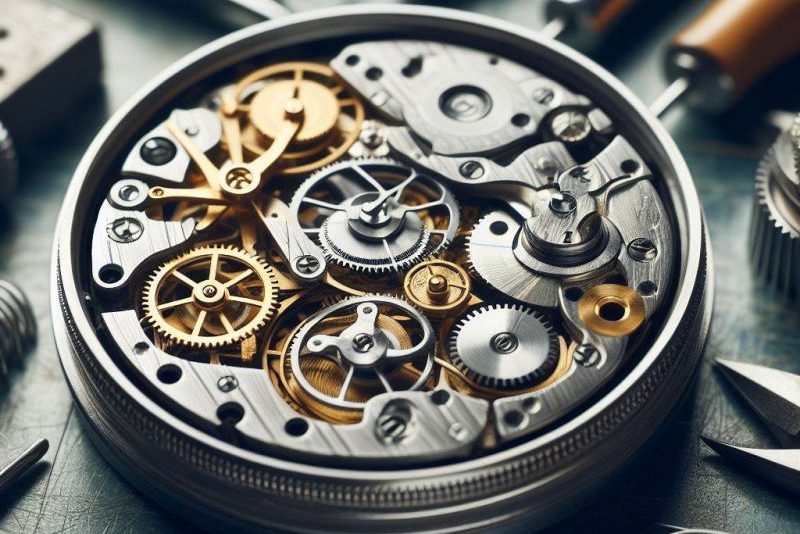
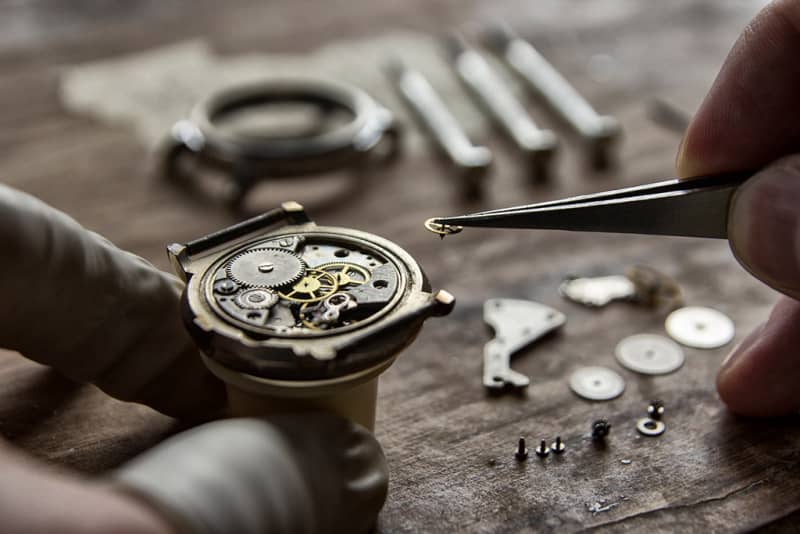
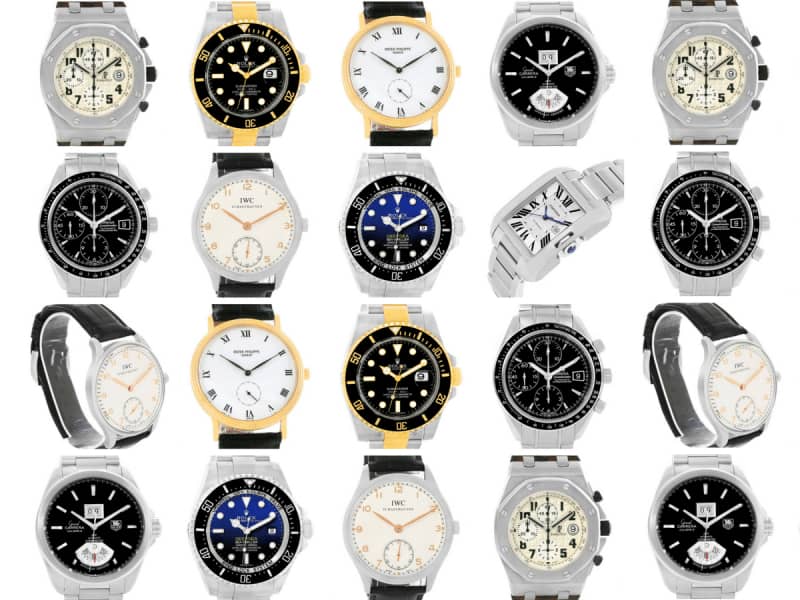
Leave a Reply
Your email address will not be published. Required fields are marked *